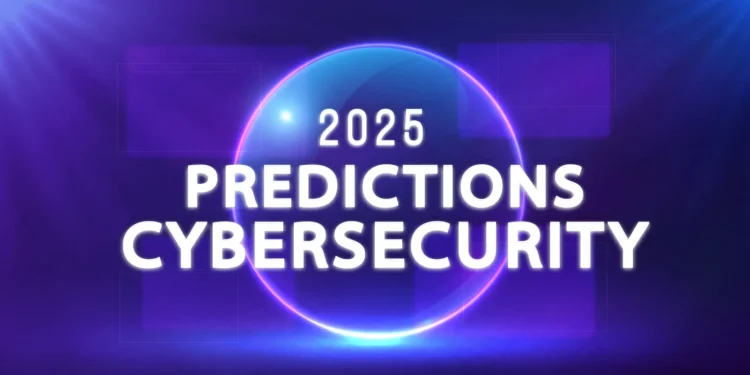Cybersecurity is evolving at an unprecedented pace, driven by advancements in technology, artificial intelligence, cloud computing, and cybercrime tactics. As we move into 2025, organizations, governments, and individuals will face new challenges and emerging threats in the digital landscape. The increasing adoption of 5G, quantum computing, AI-driven automation, and IoT devices will redefine how we secure data, networks, and infrastructure. Meanwhile, cybercriminals will continue to innovate their attack strategies, exploiting vulnerabilities in ways that were once unimaginable.
To stay ahead of these threats, cybersecurity experts and organizations must anticipate the trends, prepare for evolving attack vectors, and implement cutting-edge defences. This article presents 80+ cybersecurity predictions for 2025, grouped into key categories, including emerging threats, AI in cybersecurity, cloud security, ransomware evolution, regulatory changes, and zero-trust security. Each section highlights the future of digital security and what we can expect in the rapidly changing world of cyber warfare, data protection, and ethical hacking.
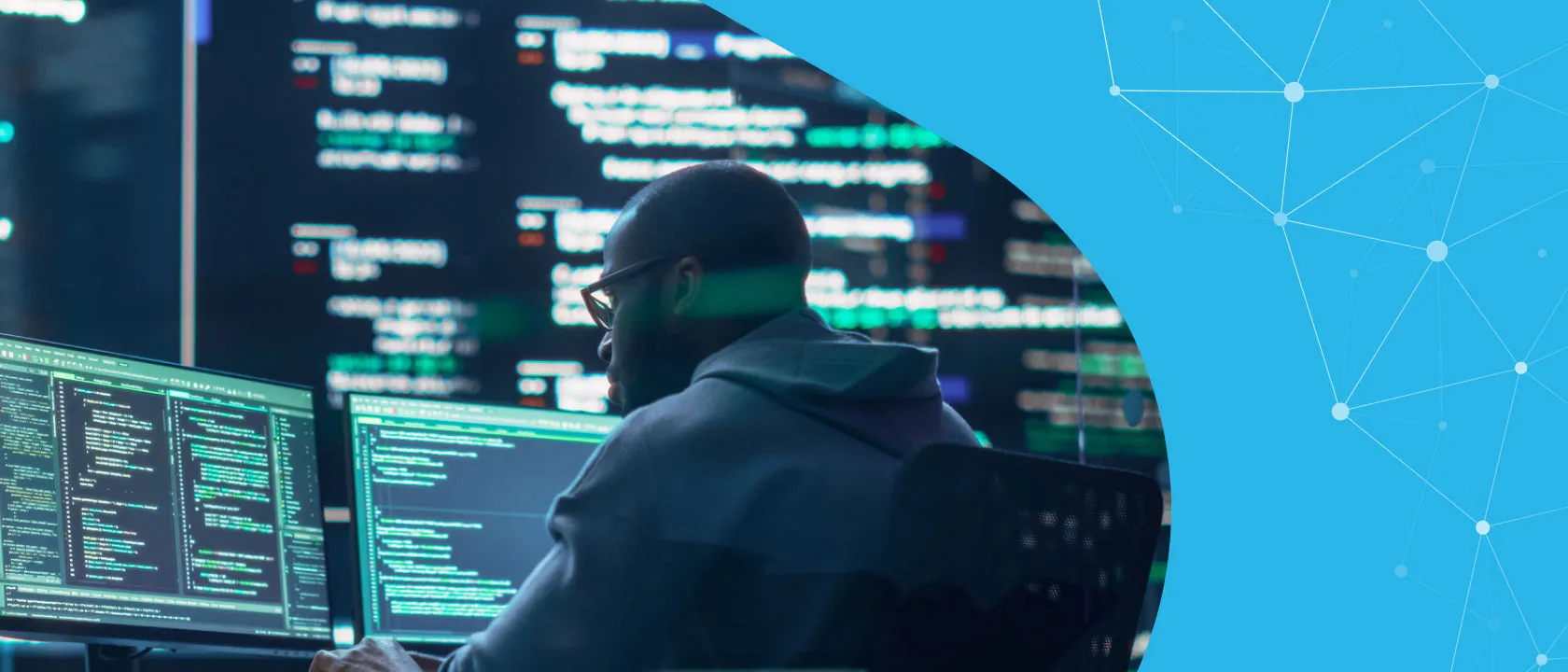
The Rise of AI-Driven Cyber Threats
Artificial intelligence is transforming cybersecurity—both as a defence mechanism and as a tool for cybercriminals. AI-powered attacks will become more sophisticated in 2025, allowing hackers to automate phishing campaigns, exploit vulnerabilities faster, and create deepfake scams that are nearly undetectable. Cybersecurity teams will need to develop AI-driven defences to counteract these AI-driven threats, making machine learning and predictive analytics more critical than ever. The battle between AI-driven attacks and AI-driven security solutions will intensify as technology evolves, pushing organizations to adopt advanced threat detection and response strategies.
- AI-powered cyberattacks will become more common, allowing hackers to bypass traditional security measures at unprecedented speeds by using self-learning algorithms to identify weaknesses in real-time.
- Deepfake scams will reach new levels of sophistication, enabling cybercriminals to impersonate CEOs, government officials, and family members using hyper-realistic video and audio manipulation for fraud and identity theft.
- AI-generated phishing emails will be indistinguishable from human-written messages, leveraging deep learning models to craft highly convincing emails that increase the success rate of social engineering attacks.
- Machine learning models will be poisoned with false data by attackers, corrupting AI-based security systems and leading to incorrect threat detection, creating new vulnerabilities in automated security defences.
- Automated cyberattacks using AI will increase the speed and scale of ransomware distribution, allowing malware to spread across networks without human intervention, making detection and response significantly harder.
- AI will enable hackers to predict user behaviour, using big data analytics to craft hyper-personalized scams and manipulate individuals into divulging sensitive information without realizing they are being targeted.
- Voice-cloning technology will be weaponized for fraud, allowing cybercriminals to create lifelike synthetic voices that mimic executives, family members, and customer service agents, leading to an increase in impersonation scams.
- Adversarial AI techniques will be used to trick security systems by feeding them manipulated inputs, and bypassing facial recognition software, spam filters, and fraud detection algorithms with precision.
- AI-powered bots will be deployed at a massive scale to conduct automated hacking attempts, launching brute-force and credential-stuffing attacks at speeds no human hacker could achieve, increasing cybercrime efficiency.
- Cybercriminals will use AI to automate vulnerability discovery, allowing them to find and exploit security flaws in software, networks, and cloud environments faster than traditional human-led penetration testing methods.
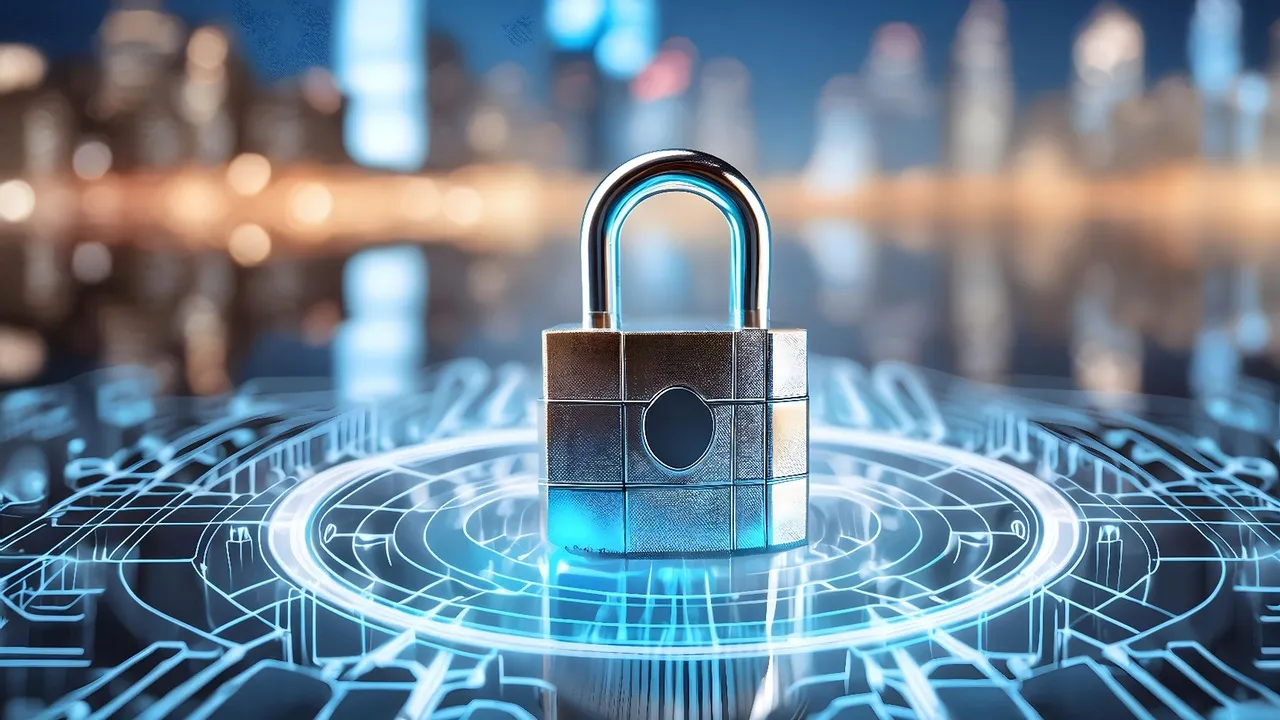
Cloud Security Threats: Protecting Data in a Decentralized World
Cloud computing has revolutionized data storage, application deployment, and business operations, but it has also introduced new security risks and attack vectors. As organizations continue to shift workloads to cloud environments, cybercriminals will target cloud infrastructures with sophisticated attacks, including cloud ransomware, API vulnerabilities, and account takeovers. In 2025, multi-cloud and hybrid environments will dominate enterprise IT strategies, increasing the complexity of securing digital assets. The reliance on third-party cloud providers will raise concerns about shared responsibility, compliance, and data privacy, forcing businesses to adopt zero-trust models, AI-driven cloud security, and automated compliance frameworks.
- Cloud ransomware attacks will increase as hackers target cloud-based storage, encrypting critical business data and demanding high ransom payments to restore access, impacting enterprises and government agencies worldwide.
- Misconfigured cloud environments will continue to be a major security risk, leading to data leaks, unauthorized access, and compliance violations as companies struggle to manage cloud security settings effectively.
- **Multi-cloud security challenges will grow as organizations distribute workloads across multiple cloud providers, increasing the risk of data fragmentation, inconsistent security policies, and mismanaged access controls.
- Cloud supply chain attacks will become more sophisticated, with cybercriminals exploiting vulnerabilities in third-party services, cloud applications, and API integrations to infiltrate enterprise networks undetected.
- Insider threats in cloud environments will rise as employees and contractors with privileged access misuse credentials, intentionally or accidentally exposing sensitive information or introducing security weaknesses.
- AI-driven cloud security solutions will emerge as a necessity, using machine learning algorithms to detect and mitigate threats in real time, automating response actions to prevent large-scale cloud breaches.
- Cloud-based DDoS (Distributed Denial of Service) attacks will become more powerful, with cybercriminals leveraging botnets to overwhelm cloud-hosted applications, causing service disruptions and financial losses for businesses.
- Regulations surrounding cloud data sovereignty will tighten as governments push for stricter data localization laws, requiring cloud providers to store and process data within specific jurisdictions to ensure compliance.
- Serverless computing will introduce new security challenges as attackers exploit vulnerabilities in function-as-a-service (FaaS) architectures, targeting event-driven applications without traditional network protections.
- Zero-trust cloud security models will become the standard, requiring continuous authentication, micro-segmentation, and least-privilege access controls to prevent unauthorized access to cloud resources.
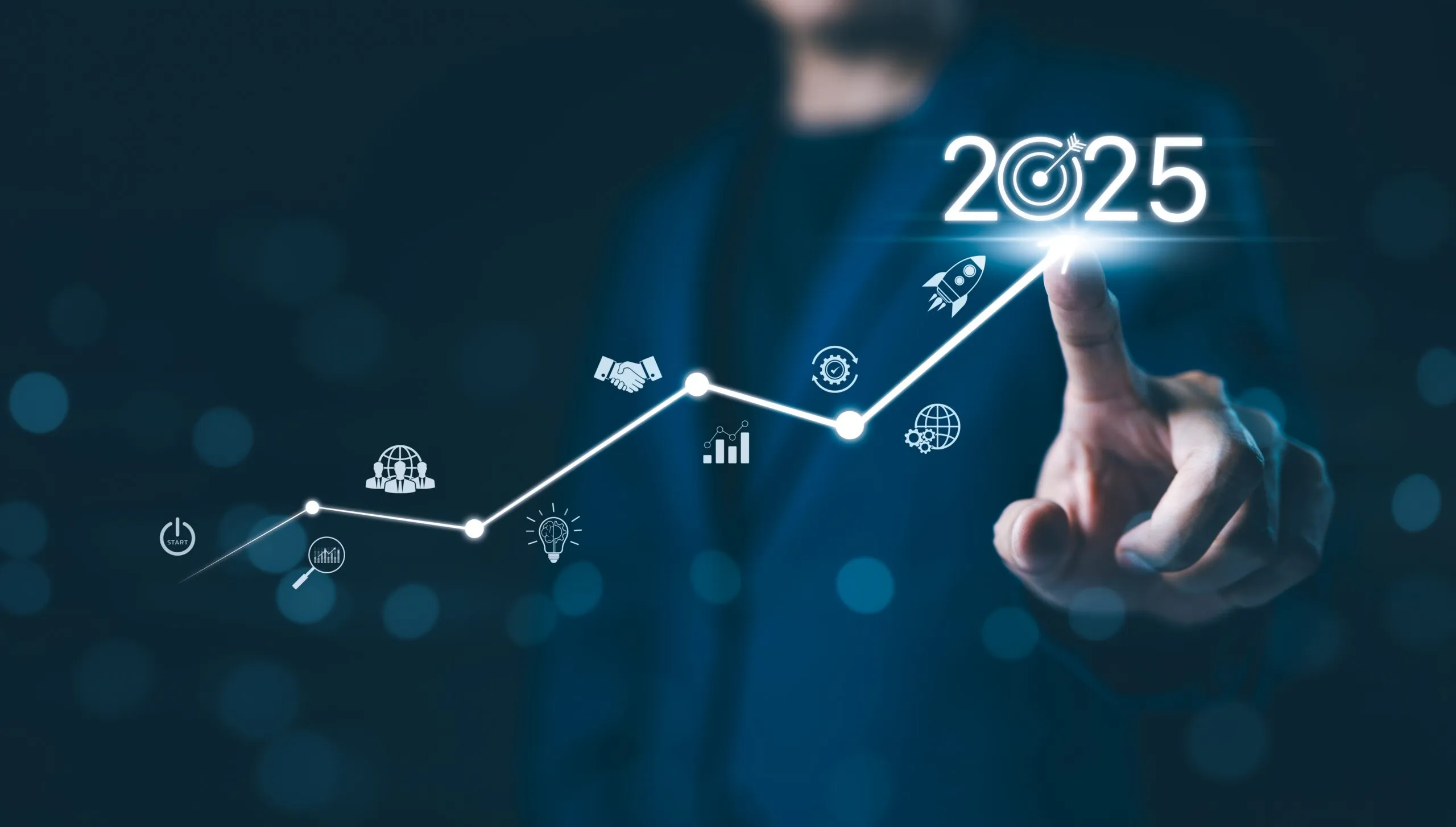
The Evolution of Ransomware: More Targeted and Destructive Attacks
Ransomware attacks have become one of the most financially damaging cyber threats, with cybercriminals refining their tactics to maximize disruption and ransom payouts. In 2025, ransomware groups will shift toward more targeted attacks on high-value victims, focusing on critical infrastructure, healthcare, financial institutions, and cloud environments. Double and triple extortion tactics—where attackers not only encrypt data but also threaten to leak or sell stolen information—will force organizations to enhance their backup strategies, implement ransomware-resistant architectures, and invest in proactive threat intelligence.
- Ransomware gangs will increasingly target hospitals, power grids, and transportation systems, knowing that critical infrastructure organizations are more likely to pay ransoms to restore operations quickly.
- Cybercriminals will adopt “stealth ransomware” techniques, where malware quietly exfiltrates data before encrypting systems, allowing attackers to sell stolen information while demanding ransom payments.
- AI-driven ransomware will adapt in real time, dynamically changing encryption algorithms and attack vectors to evade traditional cybersecurity defenses and endpoint protection tools.
- Cloud ransomware attacks will surge as hackers exploit cloud misconfigurations, encrypting cloud storage and backups, leaving businesses with no easy recovery options.
- Cybercriminals will increase the use of ransomware-as-a-service (RaaS) platforms, enabling even inexperienced hackers to launch sophisticated ransomware campaigns with minimal technical knowledge.
- Government agencies and law enforcement will intensify their efforts to dismantle major ransomware groups, leading to more underground, decentralized ransomware operations using cryptocurrency laundering techniques.
- “Killware” will become a growing concern, where ransomware attacks not only encrypt files but also disrupt life-threatening systems, such as medical devices and industrial control systems.
- Small and medium-sized businesses (SMBs) will become prime ransomware targets due to their weaker cybersecurity postures and lack of dedicated security teams.
- Cyber insurance providers will introduce stricter underwriting policies, requiring businesses to implement stronger ransomware defenses before granting coverage against cyber extortion attacks.
- Backup encryption and destruction attacks will increase, where hackers specifically target backup repositories before launching ransomware, leaving victims with no recovery options.
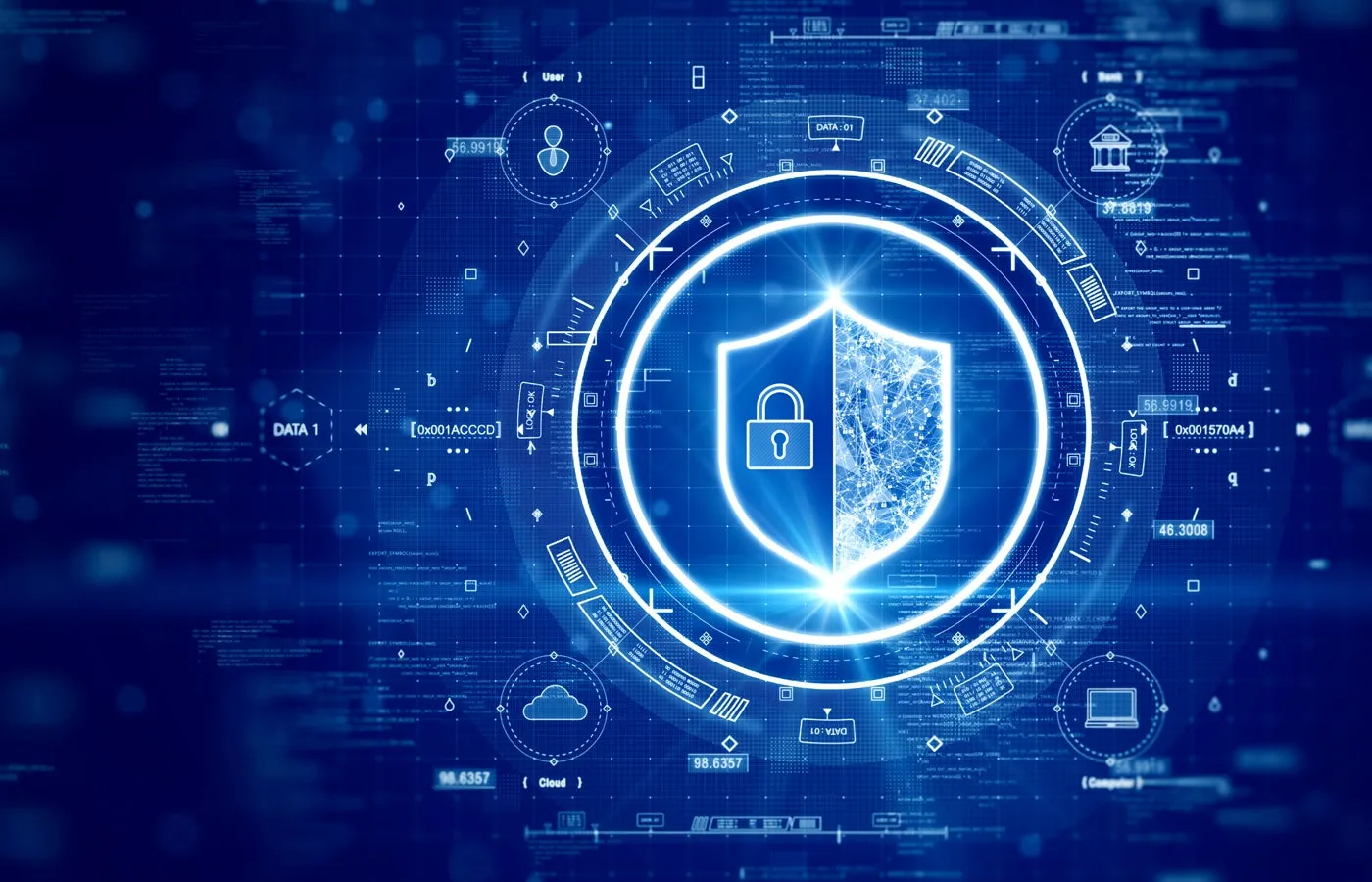
Regulatory and Compliance Changes: Stricter Laws to Combat Cybercrime
As cyber threats grow in complexity and impact, governments and regulatory bodies will enforce stricter cybersecurity laws, data protection regulations, and compliance mandates. Organizations will face increased scrutiny regarding how they handle user data, report cyber incidents, and implement security frameworks. Non-compliance will result in heavier fines, reputational damage, and even legal consequences, forcing businesses to prioritize security and transparency in their cybersecurity strategies.
- Stricter data privacy regulations will be enacted worldwide, requiring companies to enhance transparency in how they collect, store, and process customer data to prevent unauthorized access.
- Cybersecurity breach reporting requirements will become more stringent, with companies required to disclose cyber incidents to regulatory authorities within shorter timeframes.
- Fines for non-compliance with security regulations will increase, forcing businesses to allocate greater resources toward meeting security and data protection standards.
- More governments will implement “zero-trust mandates” for federal agencies, requiring continuous authentication, strict access controls, and network segmentation to enhance security.
- AI-generated deepfake laws will be introduced to combat the use of synthetic media in cybercrime, election fraud, and social engineering attacks.
- Mandatory cybersecurity training for employees will become a regulatory requirement for industries handling sensitive data, reducing human-related security risks.
- Cyber resilience frameworks will be legally enforced, requiring businesses to have incident response plans, threat intelligence sharing, and cyber risk assessments in place.
- Organizations will face legal consequences for failing to secure Internet of Things (IoT) devices, as governments push for stronger regulations on connected technology security.
- More nations will introduce cryptocurrency regulations aimed at tracking ransomware payments, making it harder for cybercriminals to anonymously receive extortion money.
- Cross-border data transfer regulations will tighten, restricting how multinational companies share data across different countries and jurisdictions.

The Growing Threat to IoT Security: Securing Smart Devices in a Hyperconnected World
The Internet of Things (IoT) has revolutionized industries, homes, and daily life by connecting smart devices to networks, making operations more efficient and data more accessible. However, as IoT adoption increases, so do cybersecurity risks. In 2025, cybercriminals will increasingly target IoT ecosystems, exploiting weak authentication protocols, unsecured firmware, and outdated software to gain control of devices. Attacks on smart homes, industrial IoT, healthcare devices, and connected vehicles will become more frequent, raising serious concerns about privacy, safety, and national security. Organizations will need to prioritize IoT security measures, including firmware updates, encryption, and network segmentation, to mitigate these risks.
- IoT botnets will grow more powerful as cybercriminals exploit weak security in smart devices, creating massive networks of infected devices to launch DDoS attacks against businesses and governments.
- Unpatched IoT vulnerabilities will be a major security concern, as outdated firmware and software flaws provide easy entry points for hackers to infiltrate networks and steal sensitive data.
- Cyberattacks on smart home devices will increase, allowing hackers to take control of security cameras, smart locks, and voice assistants to spy on homeowners or disable security measures.
- Industrial IoT (IIoT) systems will face increased cyber threats, with hackers targeting critical infrastructure, including power grids, manufacturing plants, and transportation systems, to cause disruptions or demand ransom payments.
- Medical IoT devices will be a prime target for cybercriminals, with attackers exploiting vulnerabilities in pacemakers, insulin pumps, and remote patient monitoring systems to threaten patient safety.
- Connected vehicles will face sophisticated hacking attempts, enabling cybercriminals to take remote control of cars, alter GPS navigation, or disable braking systems, leading to potentially life-threatening incidents.
- IoT ransomware attacks will rise, where hackers lock users out of their smart devices, demanding payment to restore functionality, impacting businesses, hospitals, and even everyday consumers.
- Governments will introduce stricter IoT security regulations, mandating manufacturers to implement strong encryption, secure authentication, and regular security updates to prevent widespread vulnerabilities.
- AI-driven IoT security solutions will become necessary, using machine learning algorithms to detect and block anomalous device behaviour, preventing unauthorized access and system breaches.
- Zero-trust security frameworks will expand to IoT environments, requiring continuous authentication and access control measures to prevent unauthorized device communication and lateral movement of threats.

Quantum Computing and the Future of Cybersecurity
Quantum computing holds the potential to revolutionize industries by solving complex problems at unprecedented speeds, but it also poses an existential threat to traditional encryption methods. By 2025, cybersecurity experts will face growing concerns over quantum-powered cyberattacks, as hackers and nation-states race to develop quantum decryption capabilities. Organizations will be forced to transition toward quantum-resistant encryption to protect sensitive data from future threats. Governments, businesses, and research institutions will need to invest in quantum-safe security measures to ensure long-term data protection.
- Quantum computers will accelerate brute-force attacks, enabling cybercriminals to crack traditional encryption methods in minutes instead of years, putting financial, government, and corporate data at extreme risk.
- Post-quantum cryptography research will become a top priority, with cybersecurity experts developing quantum-resistant encryption algorithms to protect against future quantum-based decryption attacks.
- Nation-state cyber warfare strategies will integrate quantum computing capabilities, allowing governments to break encrypted communications, disrupt digital infrastructures, and steal classified intelligence.
- Financial institutions will start implementing quantum-safe encryption protocols to protect sensitive transactions, preventing cybercriminals from using quantum-powered attacks to compromise banking systems.
- Cloud security providers will introduce quantum-secure data storage solutions, ensuring that encrypted files remain protected even when quantum computing advancements reach new milestones.
- Cybercriminals will launch “harvest now, decrypt later” attacks, where they steal encrypted data today with the intention of decrypting it in the future using quantum technology.
- AI-driven quantum security solutions will emerge, helping organizations detect quantum-related cyber threats and automatically implement adaptive encryption techniques to mitigate risks.
- Regulatory bodies will enforce quantum-readiness policies, requiring businesses handling sensitive data to adopt quantum-resistant cryptographic methods before the threat becomes widespread.
- Zero-trust architectures will integrate quantum-resistant authentication mechanisms, preventing unauthorized quantum-driven decryption attempts and securing critical infrastructure from cyber espionage.
- Quantum-safe blockchain technology will be developed to protect cryptocurrencies and decentralized applications from potential quantum-powered attacks on traditional cryptographic protocols.
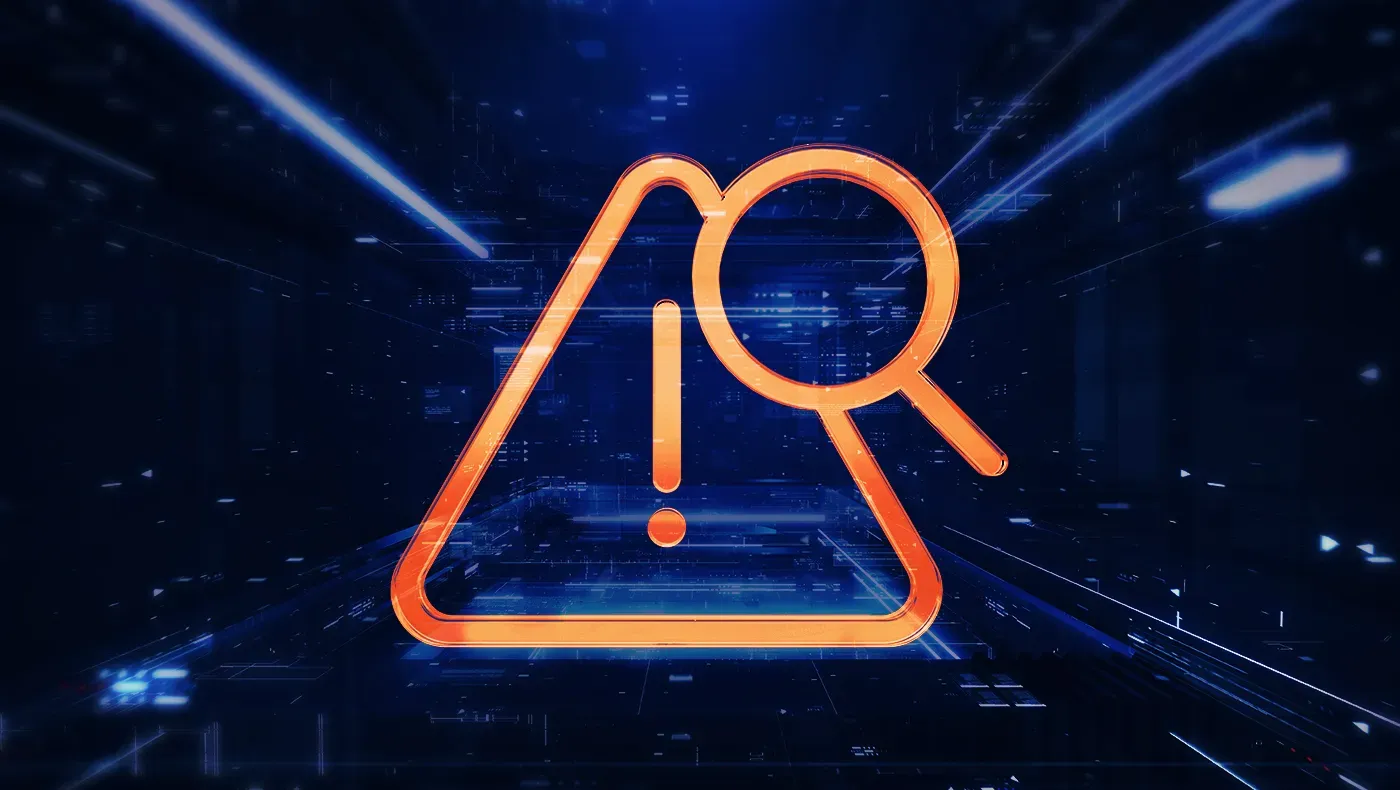
Cyber Warfare and Nation-State Attacks: The New Digital Battlefield
In 2025, cyber warfare will become an even greater national security threat, as governments and military organizations develop offensive and defensive cyber capabilities. Nation-state hackers will target critical infrastructure, financial institutions, and defense systems, using cyberattacks as strategic weapons in geopolitical conflicts. As cyber warfare tactics evolve, countries will increase investment in cybersecurity intelligence, digital countermeasures, and cyber defense training to mitigate risks and ensure national security.
- State-sponsored cyberattacks will escalate, with government-backed hacking groups targeting rival nations’ power grids, financial systems, and critical infrastructure to cause economic and political disruption.
- Cyber warfare will be used as a strategic military tool, with digital attacks launched before or during physical conflicts to weaken enemy communications and disrupt command centers.
- AI-powered cyber weapons will be developed, capable of autonomously launching cyberattacks, adapting to defense mechanisms, and executing sophisticated digital warfare strategies.
- Cyber espionage efforts will increase, with state-sponsored hackers stealing classified government documents, trade secrets, and intelligence reports to gain strategic advantages in diplomacy and warfare.
- Nation-state actors will target supply chains, inserting malware into software updates and hardware components to infiltrate government agencies, military networks, and corporate infrastructures.
- Disinformation campaigns powered by AI-generated deepfakes will be deployed to manipulate public opinion, influence elections, and create political instability in targeted nations.
- Global cybersecurity alliances will strengthen, with nations forming international coalitions to share cyber threat intelligence and collaborate on defense strategies against state-sponsored cyber threats.
- Critical infrastructure sectors such as energy, water, and healthcare will be prime cyber warfare targets, requiring governments to implement advanced cybersecurity frameworks to prevent large-scale disruptions.
- Cyber arms control agreements will be proposed, with world leaders attempting to regulate digital warfare tactics and prevent uncontrolled cyber conflicts from escalating into real-world crises.
- Offensive cybersecurity operations will increase, with nations preemptively hacking into rival countries’ networks to neutralize potential threats before they materialize.

The Rise of Ethical Hacking and AI-Driven Security Solutions
As cyber threats grow more advanced, organizations will turn to ethical hackers, AI-driven security solutions, and automated defense mechanisms to detect vulnerabilities and prevent cyberattacks before they happen. Ethical hacking—where security professionals simulate real-world attacks to find weaknesses—will become even more essential in penetration testing, red teaming, and security audits. Meanwhile, AI-driven cybersecurity will revolutionize threat detection, automating responses to cyber incidents in real-time. By 2025, human and AI collaboration will redefine how we defend against cyber threats, creating more intelligent and proactive security infrastructures.
- Ethical hacking will become a mandatory cybersecurity practice, with companies hiring “white-hat” hackers to continuously test their defenses against real-world attack scenarios.
- AI-powered threat detection systems will outpace traditional security measures, using predictive analytics to detect unusual patterns and prevent cyberattacks before they occur.
- Bug bounty programs will expand, with organizations offering higher rewards to ethical hackers who identify critical vulnerabilities before cybercriminals exploit them.
- Autonomous AI cybersecurity agents will emerge, capable of making real-time security decisions without human intervention, responding to threats within milliseconds.
- Red teaming exercises will become more sophisticated, incorporating AI-driven attack simulations to test organizational security postures and readiness for cyber warfare.
- Deepfake detection algorithms will improve, helping organizations prevent AI-generated impersonation scams that target executives, politicians, and high-profile individuals.
- Cybersecurity automation will replace traditional security monitoring, reducing human error by implementing real-time remediation strategies for detected vulnerabilities.
- AI-driven fraud detection will dominate financial institutions, preventing unauthorized transactions and identity theft by analyzing behavioral biometrics and anomaly detection.
- Self-healing networks will be developed, allowing IT infrastructures to detect, isolate, and repair cyber threats automatically without manual intervention.
- Cybersecurity will shift toward proactive security models, where AI-powered defense mechanisms neutralize threats before they have a chance to execute malicious actions.
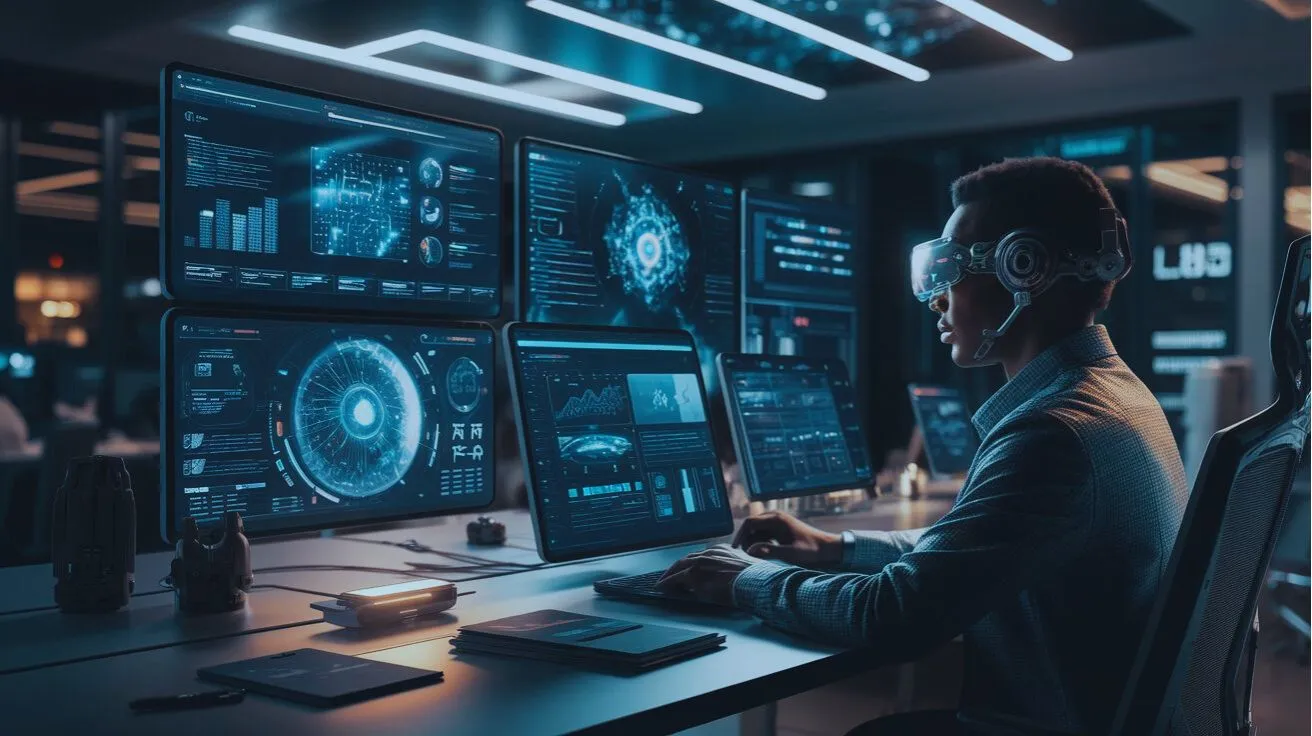
Biometric Security and the Future of Digital Identity Protection
As cybercriminals continue to bypass traditional authentication methods, biometric security will become the standard for digital identity verification. Fingerprint scanning, facial recognition, retina scanning, and behavioral biometrics will replace passwords, making authentication more secure and less susceptible to phishing attacks. However, as biometric data becomes more widely used, concerns over privacy, data breaches, and misuse of personal information will force organizations and governments to strengthen data protection laws and implement secure biometric encryption techniques.
- Biometric authentication will replace traditional passwords, with fingerprint and facial recognition becoming the primary login methods for banking, corporate systems, and personal devices.
- Behavioral biometrics will enhance authentication security, analyzing typing speed, mouse movements, and keystroke patterns to detect fraudulent activity.
- Multi-modal biometric authentication will emerge, combining fingerprint, retina, and voice recognition for stronger identity verification across industries.
- Hackers will attempt to bypass biometric security using AI-generated synthetic fingerprints and facial deepfakes to exploit biometric authentication systems.
- Biometric data breaches will become a major concern, with cybercriminals targeting databases storing fingerprint, retina, and facial recognition data for identity theft.
- Privacy-focused biometric encryption will be required by law, ensuring that biometric data remains encrypted and inaccessible to unauthorized users.
- Contactless biometric authentication will dominate public spaces, with airports, hospitals, and retail stores adopting facial and iris scanning for seamless identification.
- Zero-trust biometric security frameworks will be implemented, requiring continuous identity verification instead of one-time logins to prevent account takeovers.
- AI-driven liveness detection will be introduced to prevent deepfake attacks, analyzing facial movements, eye blinks, and breathing patterns for real-time identity verification.
- Blockchain-powered identity management will emerge, providing decentralized biometric security solutions that ensure user privacy and prevent unauthorized access to personal data.

Cybersecurity in 2025 will be defined by rapid technological advancements, evolving cyber threats, and the increasing need for innovative security solutions. As AI-driven attacks, ransomware, IoT vulnerabilities, quantum computing risks, and cyber warfare continue to escalate, organizations and governments must adopt next-generation security strategies to safeguard digital assets. Ethical hacking, AI automation, biometric security, and zero-trust frameworks will play a critical role in mitigating cyber risks and ensuring data protection in an increasingly digital world.
To stay ahead of cyber threats, businesses and individuals must:
✔ Embrace AI-driven cybersecurity solutions for real-time threat detection
✔ Prioritize biometric security and multi-factor authentication for stronger identity protection
✔ Implement zero-trust architectures to minimize unauthorized access risks
✔ Stay updated on regulatory changes and compliance mandates for data security
✔ Invest in ethical hacking and continuous penetration testing for vulnerability assessment
As cybercriminals continue to evolve, cybersecurity professionals, governments, and organizations must work together to build a safer, more resilient digital future. Cybersecurity will no longer be an afterthought—it will be a fundamental pillar of technological progress and digital innovation

